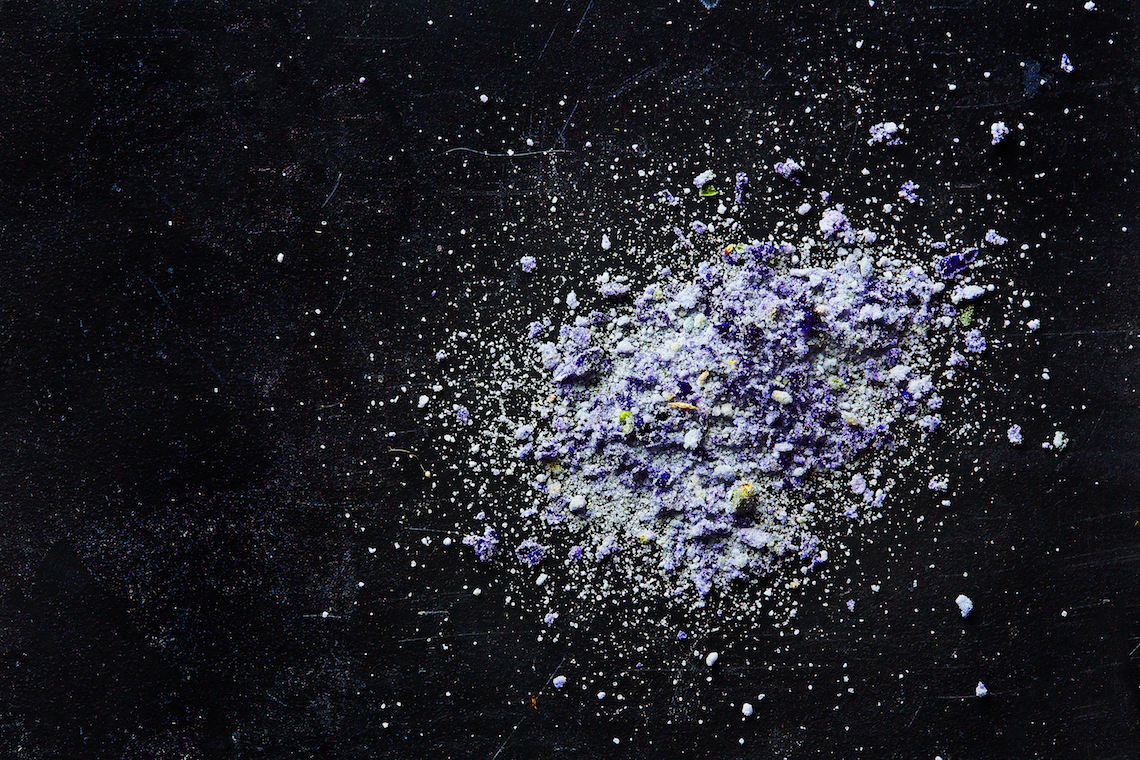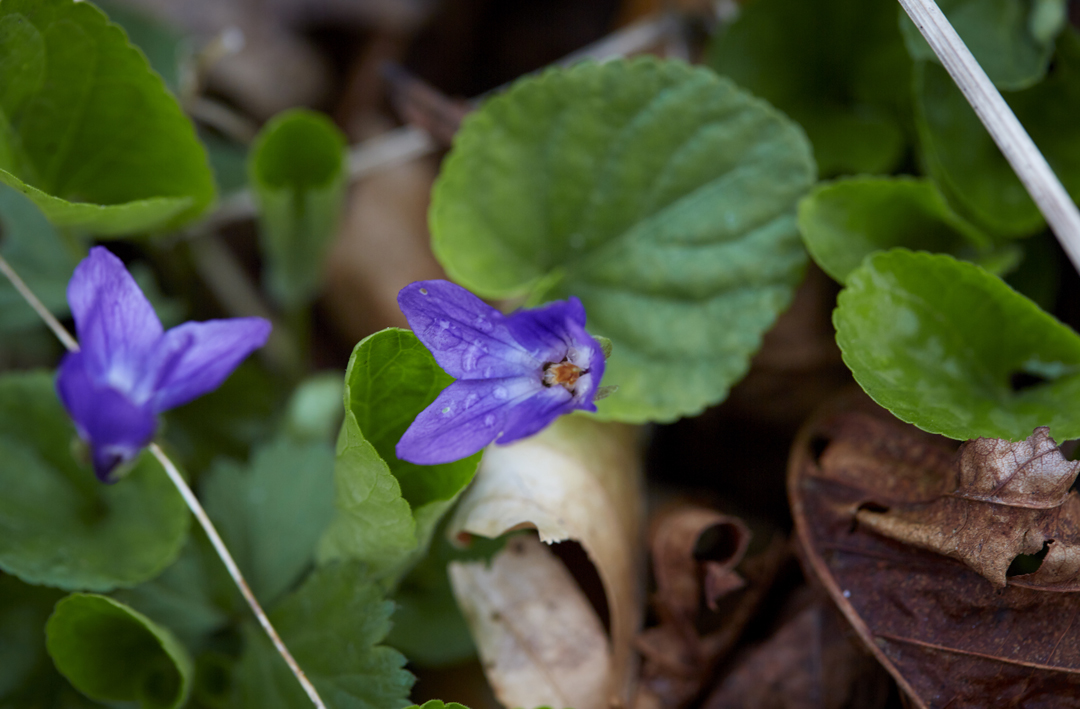
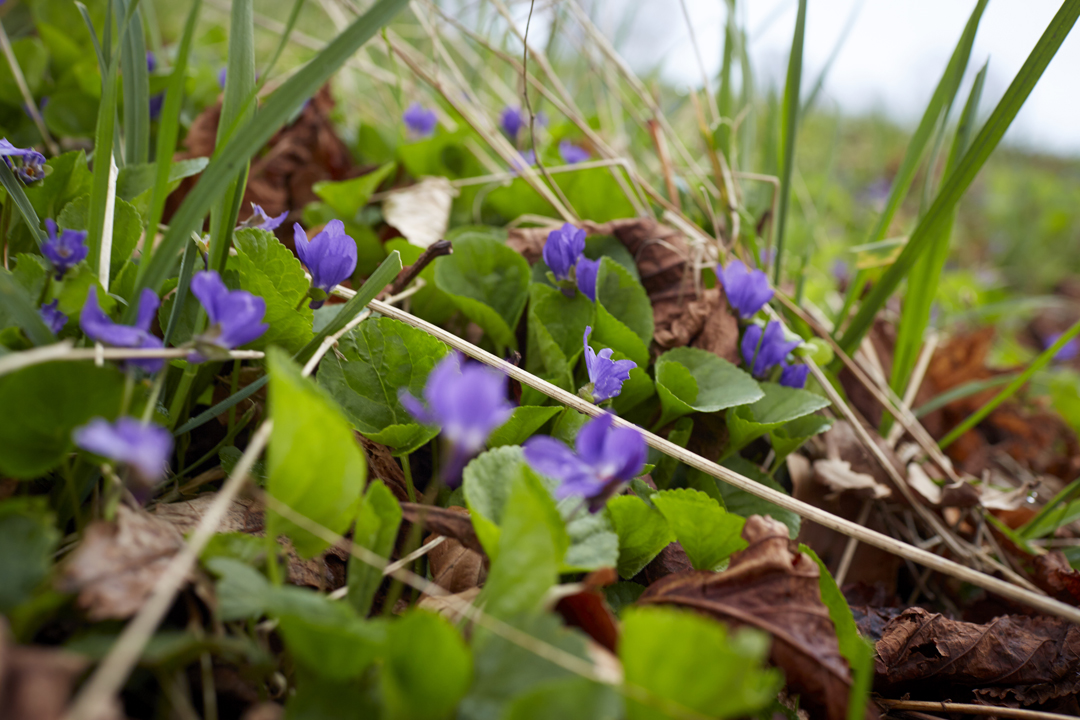
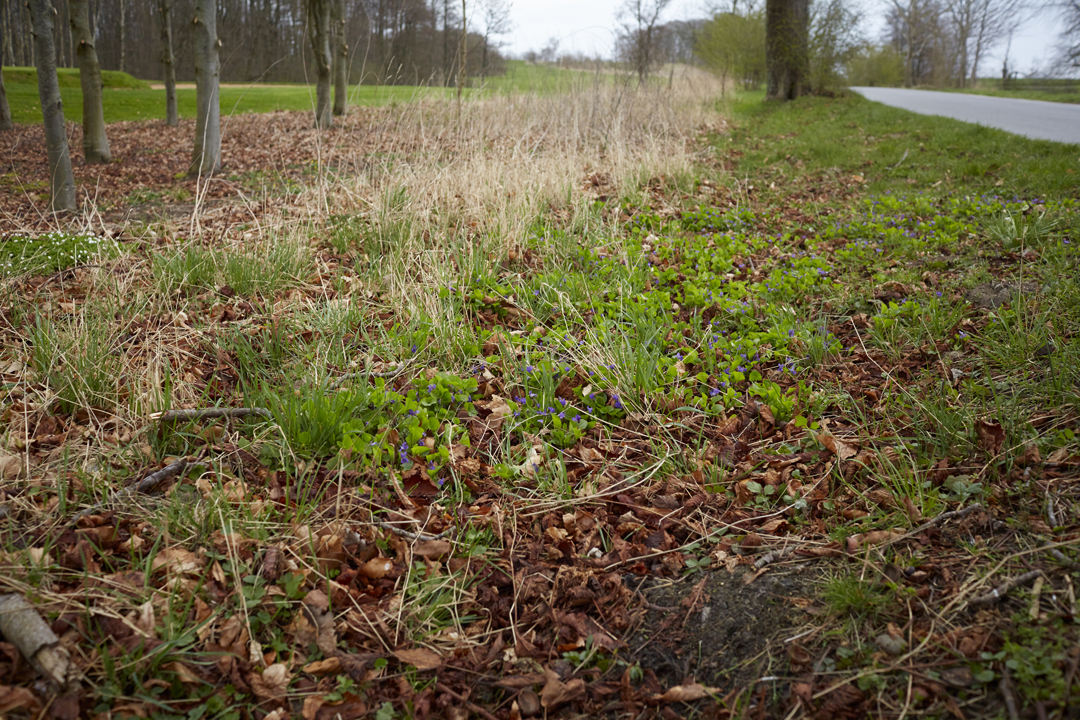
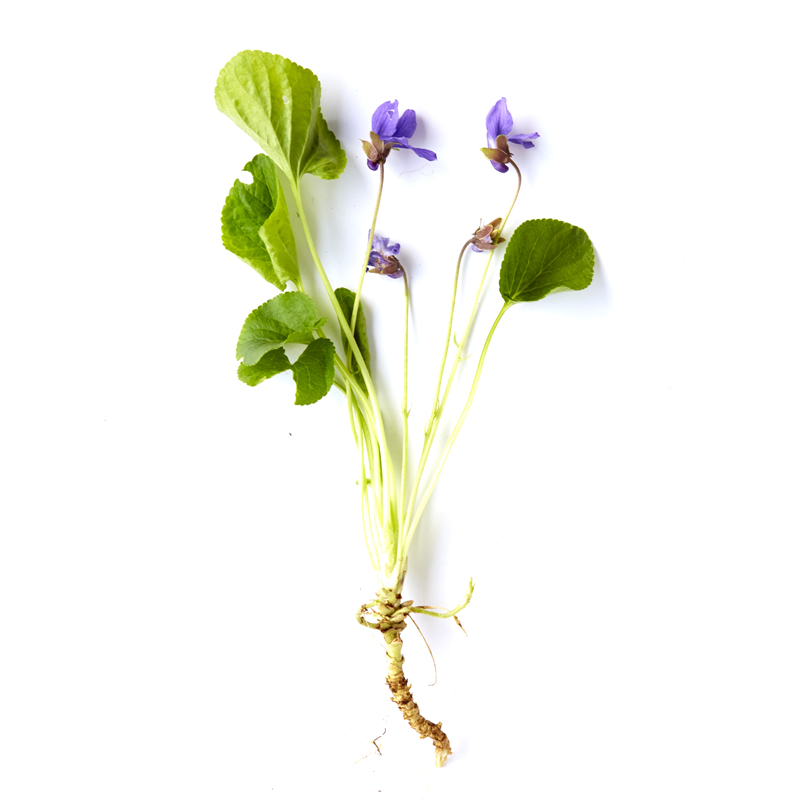
Sweet violet
Sweet violet was once widely used in sweets in Denmark, but the tiny flower has since gone out of style. In France, however, they still make violet liqueur, violet hard candies, and classic violet desserts.
-
Where to Find It
Sweet violet thrives in soil that is rich in nutrients—lawns and areas with lots of decomposing leaves are ideal. You'll find sweet violet in hedges and deciduous forests, especially near beech trees. They often popup as tiny spots of purple on lawns and under hedges near buildings.
Deciduous forests, hedges, roadsides.
-
When to Find It
Sweet violets bloom in March and April. If the summer was hot and humid, you'll sometimes find them growing in late summer as well.
Flowers: March, April.
-
How to Spot It
Sweet violets are diminuitive plants with heart-shaped leaves and purplish-blue flowers. They grow to be 5-15 cm tall. On their surface, the leaves are pale, but the underside is bright green. The flowers vary in color from light to dark purple, and are punctuated with a yellow dot in the center.
-
How to Pick It
Snip the unfurled flower heads carefully from the top of the stem. Be prepared to pick a lot; it can take 200 flowers, for example, to make a liqueur. And always taste first: the strength of their flavor varies greatly, and you don’t want to pick a ton of blossoms only to learn they are tasteless.
Risk of misidentifying the plant
There is no risk of mistaking the plant for another dangerous or undesirable plant. There are, however, a few other varieties of violets that, while edible, don’t have much flavor.


